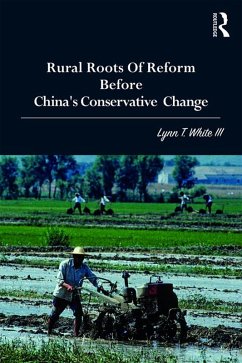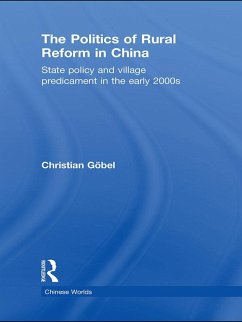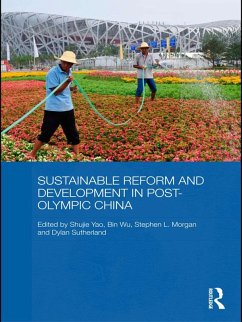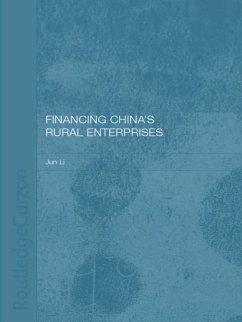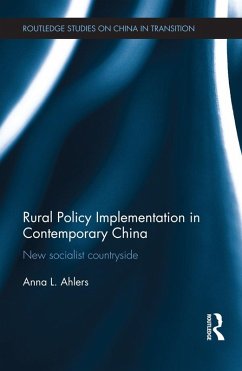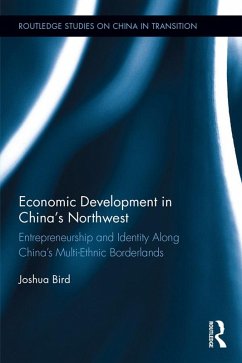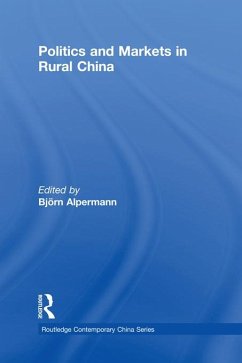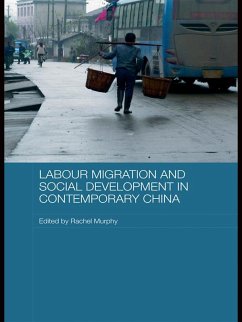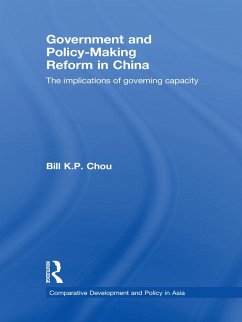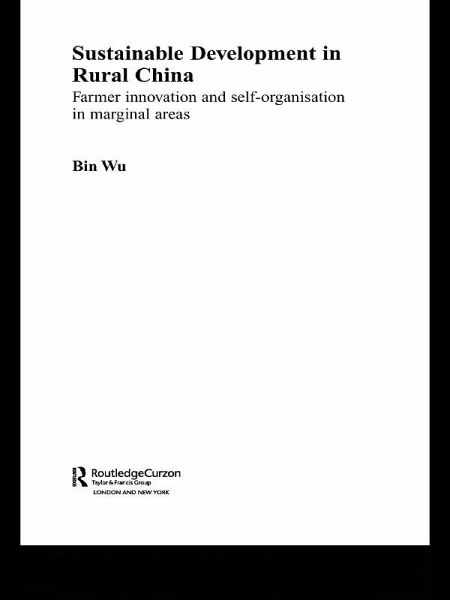
Sustainable Development in Rural China (eBook, PDF)
Farmer Innovation and Self-Organisation in Marginal Areas
Versandkostenfrei!
Sofort per Download lieferbar
45,95 €
inkl. MwSt.
Weitere Ausgaben:

PAYBACK Punkte
23 °P sammeln!
Sustainable development in marginal areas, especially in those where rural poverty and environmental degradation are interwoven, is a great concern of development agencies worldwide, and much effort is put into development programmes, technology transfer schemes and so on. The problem is particularly acute in China, where increasing regional differences and inequality are eroding governmental poverty reduction efforts and exacerbating ecological crises. This book, based on extensive original research, examines the situation in China, especially in the Loess Plateau of Shaanxi Province. It expl...
Sustainable development in marginal areas, especially in those where rural poverty and environmental degradation are interwoven, is a great concern of development agencies worldwide, and much effort is put into development programmes, technology transfer schemes and so on. The problem is particularly acute in China, where increasing regional differences and inequality are eroding governmental poverty reduction efforts and exacerbating ecological crises. This book, based on extensive original research, examines the situation in China, especially in the Loess Plateau of Shaanxi Province. It explores in particular how farmers have organised themselves to initiate technical innovation, and considers communication networks and co-operative mechanisms. It discusses successful self-organisation, and how interfaces with external development agencies and with institutional innovation might be handled, highlighting the potential of farmer innovation initiatives, especially when they are linked with external development and environmental improvement programmes.
Dieser Download kann aus rechtlichen Gründen nur mit Rechnungsadresse in A, B, BG, CY, CZ, D, DK, EW, E, FIN, F, GR, HR, H, IRL, I, LT, L, LR, M, NL, PL, P, R, S, SLO, SK ausgeliefert werden.




